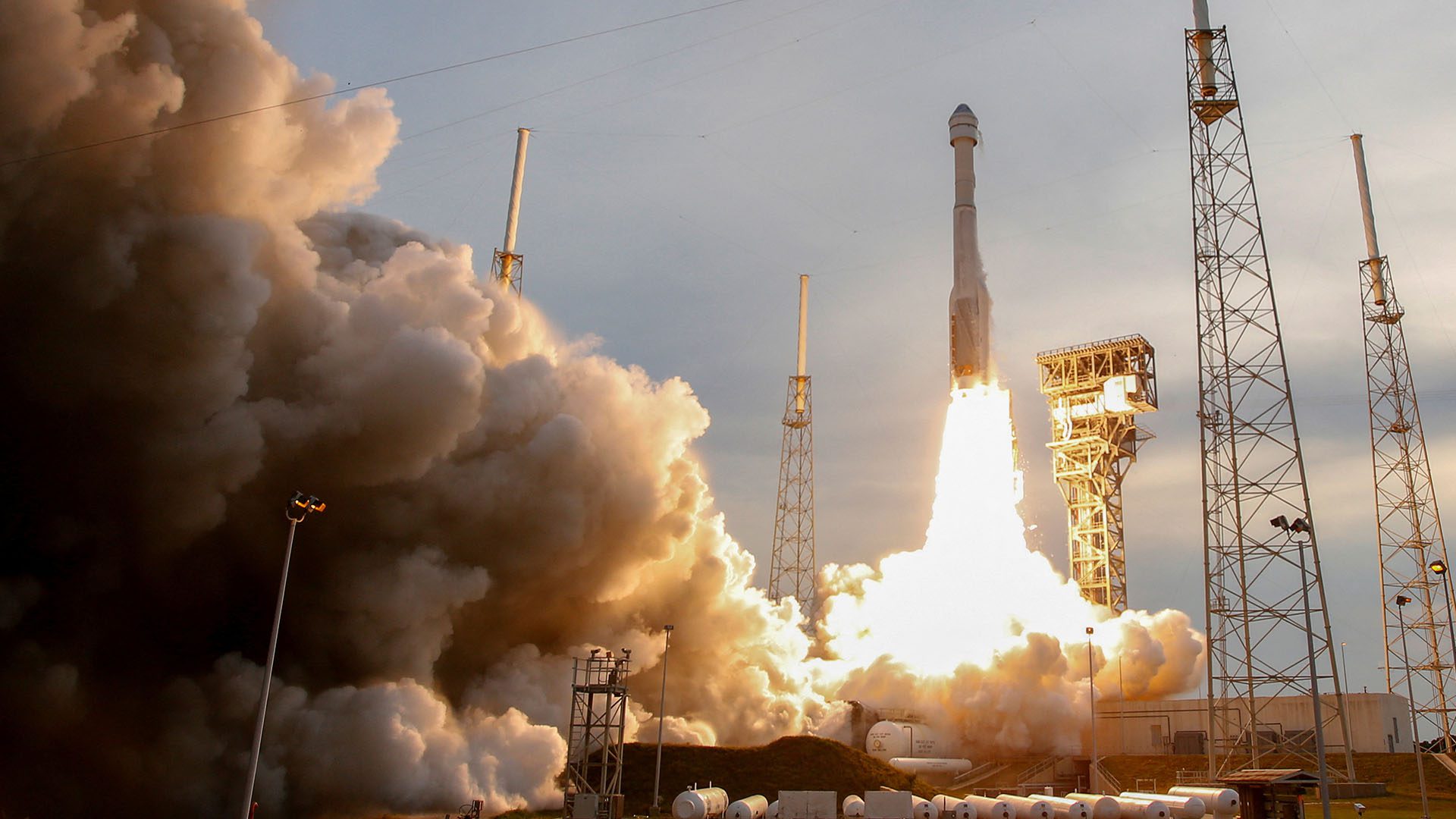On April 13, the European Space Agency’s Jupiter Icy Moon Explorer (JUICE) mission is scheduled to launch to explore the Gas Giant and its moons. JUICE will carry ten state-of-the-art instruments, making it the most powerful payload complement ever flown to the outer Solar System. The 10,600-pound spacecraft will be launched on an Ariane 5 from the European Spaceport in Kourou, French Guiana.
Mission Background
In about eight years, the spacecraft will arrive at Jupiter. Once it arrives, it will spend 2.5 years orbiting the planet, flying within 120 to 620 miles of the planet’s largest moons: Ganymede, Callisto, and Europa. To execute an in-depth survey of each moon, it will fly by Europa twice and Ganymede and Callisto twelve times each.

The three moons all show signs of hosting liquid water oceans beneath their crusts. JUICE will give insights into the moons’ habitability and evolution, helping scientists understand how habitable worlds could form around gas-giant planets.
To detect what the moons’ surfaces are made of, JUICE will use a visible-and-infrared spectrometer. A laser-altimeter is also on board to map the 3D shapes of features on the moons.
To see below their surfaces, the Italian Space Agency and NASA provided a radar that can penetrate the surfaces of the icy moons as deep as six miles. This radar will show scientists the moons’ internal structures for the first time, as well as tell them about the nature of the icy terrain, if there are any pockets of liquid water, how the crusts of the moon have evolved, and more.
JUICE will also measure the gravity fields of the three moons and Jupiter. Jupiter has a magnetic field that is 20 times stronger than Earth’s, and Ganymede is the only moon in our Solar System with its own magnetic field. By utilizing radio instruments, a magnetometer, a particle detector, and a plasma instrument, Jupiter and its moons’ magnetic field will be mapped, measured, and studied.

In addition to the JUICE’s suite of instruments, it carries one experiment: the Planetary Radio Interferometer & Doppler Experiment (PRIDE). PRIDE will use ground-based radio telescopes and a process known as very-long-baseline interferometry to precisely determine the spacecraft’s position and velocity.
Jupiter Missions
JUICE builds on the scientific and technological advances from previous space missions. For example, NASA’s Juno spacecraft, which entered orbit around Jupiter in 2016, was the first explorer to peer below the planet’s clouds. The mission’s [primary objective is to improve our understanding of the solar system’s beginnings by revealing the origin and evolution of Jupiter. Currently, in its extended mission, Juno will continue its investigation of the solar system’s largest planet through September 2025, or until the spacecraft’s end of life.
The mission also paves the way for future exploration of Jupiter, some of which that are even taking place at the same time. Namely, JUICE will be joined by another Jupiter mission, NASA’s Europa Clipper. The Europa Clipper is set to launch in 2024 and will arrive at Jupiter around the same time as JUICE. Its objective is to perform multiple flybys of the moon Europa to help scientists better understand the moon’s ability to support life.





